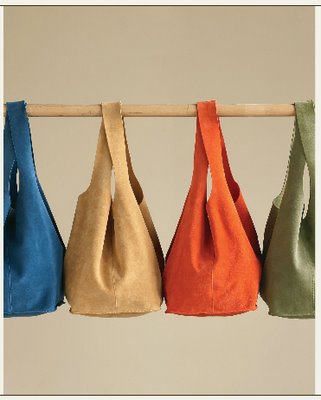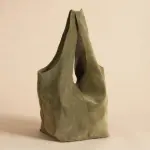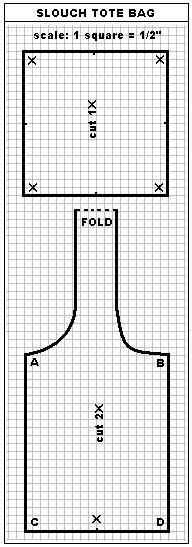 Suede is a natural Aniline leather that has been surface brushed or buffed on the grain side of the leather creating a nap and leaving a texture similar to velvet (softest of all leathers to the touch). Usually suede has a natural finish, but may have a light protective coat and a transparent leather dye for colour. This process increases the leathers surface exposure making it extremely absorbent. Water drops will darken the leather but it returns to its original colour after drying.
Suede is a natural Aniline leather that has been surface brushed or buffed on the grain side of the leather creating a nap and leaving a texture similar to velvet (softest of all leathers to the touch). Usually suede has a natural finish, but may have a light protective coat and a transparent leather dye for colour. This process increases the leathers surface exposure making it extremely absorbent. Water drops will darken the leather but it returns to its original colour after drying.
Irresistible in butter-soft suede is this chic Italian bag from Sundance. It deftly adapts to bulky or bitty loads with ease. Zen-like styling (no zips, pockets or snaps) make this easy and versatile carryall for virtually everything.
You will need:
- 1 – 4 oz. [1/16″ thick] Suede split hide, 16 square ft.
- 1 spool of cotton or nylon thread
- 1 leather machine needle
- Kraft paper
- 1 rotary cutter with pinking blade
- 1 roll of double-side mounting tape, 1/4″ wide
PATTERN
Transfer pattern onto graph paper. Each square equals 1/2 inch.
Copy onto a folded piece of kraft paper so you have the entire pattern for easy 1-ply cutting of the leather.
Dimensions: Approx. 11″H x 9-1/2″W.
CUTTING
Check skin for any tears and blemishes on the face of the suede. Chalk around them to avoid them when cutting.
Chalk out pattern on skin and cut out using pinking blade of a rotary cutter. Use a cutting mat to protect cutting surface. Cut base 1X and sides 2X. (Raw edges will not fray).
ASSEMBLY
Tape one seam [AC] with mounting tape of each side section of the tote.
On one side section, with right sides together, remove the backing on the tape and align with opposite end of section [AC] to form a bag loop. Stitch ¼” seam allowance along AC. With a bone turner, crease the seam open. Fold the seam allowance to one side and edgestitch along seam on the face through all the layer. (I use a Teflon ® presser foot to reduce drag).
Repeat the above directions for the other section.
Join each side with right sides together from B to D with mounting tape. Stitch ¼” seam allowance. Now you will have 2 handles. 
At each X mark on the side section, snip a ¼” slit.
Tape the perimeter of the base on the wrong side with mounting tape. Place the X notch of the side sections at each corner of the base. (The slit will create a square corner). Remove backing one strip at a time and join with wrong sides together. Machine-stitch from D around the bottom, pivoting at X and continue around the base of the tote.




